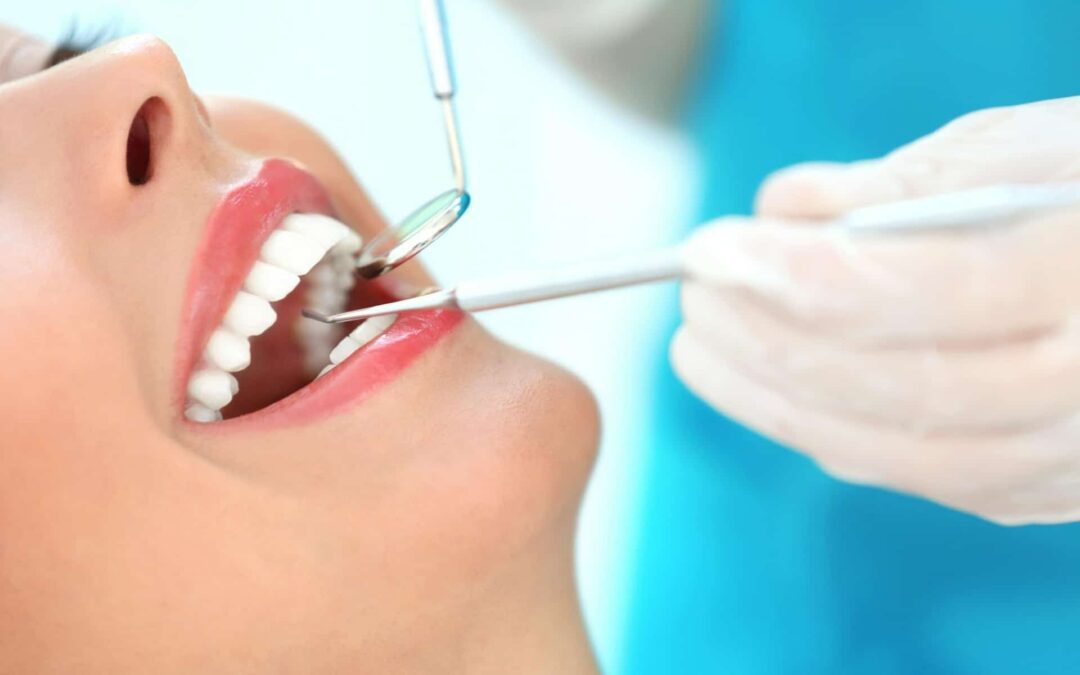While sleep apnea is often associated with medical specialties like pulmonology or otolaryngology, dentists also play a crucial role in the diagnosis and treatment of this sleep disorder. Through the use of oral appliances and collaborative care with other healthcare professionals, dentists can effectively manage sleep apnea and improve patients’ quality of life.
Diagnosis
Dentists are often the first healthcare professionals to recognize signs and symptoms of sleep apnea during routine dental exams. By observing indicators such as excessive wear on teeth, a high arched palate, or a crowded or narrow airway, dentists may suspect the presence of sleep-disordered breathing. Dentists can then refer patients for further evaluation and diagnosis by a sleep specialist or sleep medicine physician.
Custom Oral Appliances
One of the primary ways dentists help in treating sleep apnea in Coweta OK kr elsewhere is by prescribing and custom-fitting oral appliances. These devices, also known as mandibular advancement devices (MADs) or oral mandibular repositioning appliances (MRAs), are worn during sleep to reposition the lower jaw and tongue forward, thereby preventing airway collapse and reducing snoring and apneic events.
Treatment Planning and Monitoring
Dentists collaborate closely with sleep medicine specialists, pulmonologists, and other healthcare providers to develop comprehensive treatment plans for patients with sleep apnea. Dentists assess patients’ oral health, jaw structure, and dental needs to determine the most appropriate type of oral appliance and monitor treatment effectiveness over time. Adjustments to the appliance may be made as needed to optimize comfort and effectiveness.
Patient Education and Compliance
Dentists play a vital role in educating patients about sleep apnea, its potential consequences, and the importance of treatment compliance. Dentists provide instructions on proper oral appliance use, care, and maintenance to ensure optimal outcomes. They also encourage patients to adhere to lifestyle modifications, such as weight loss, smoking cessation, and avoiding alcohol before bedtime, which can improve sleep apnea symptoms.
Alternative Treatments
In addition to oral appliances, dentists may offer alternative treatments for sleep apnea, such as tongue-retaining devices (TRDs) or palatal implants. These interventions aim to address specific anatomical factors contributing to airway obstruction and may be recommended for patients who are unable to tolerate or benefit from oral appliance therapy.
Collaborative Care
Dentists work collaboratively with other healthcare professionals as part of a multidisciplinary team approach to managing sleep apnea. This may involve coordinating care with sleep medicine specialists, pulmonologists, otolaryngologists, and primary care physicians to ensure comprehensive evaluation, diagnosis, and treatment planning for patients with sleep-disordered breathing.
Conclusion
Dentists play a vital role in diagnosing and treating sleep apnea, a common sleep disorder characterized by breathing interruptions during sleep. Through the use of custom oral appliances, treatment planning, patient education, and collaborative care with other healthcare providers, dentists help improve sleep apnea symptoms, reduce health risks, and enhance patients’ overall quality of life.

